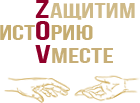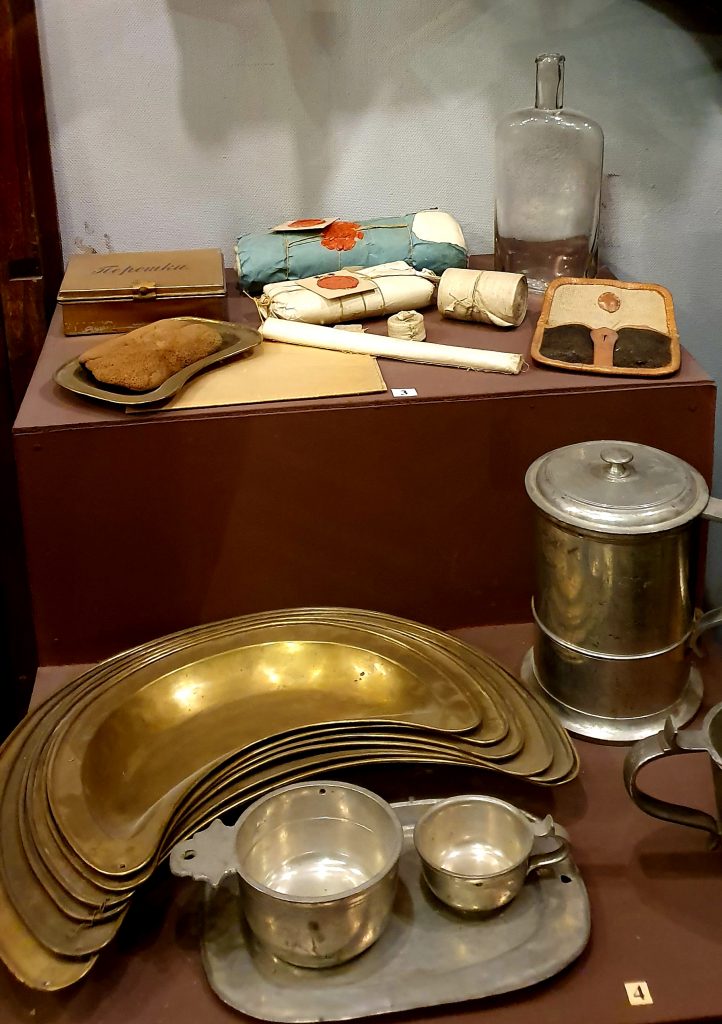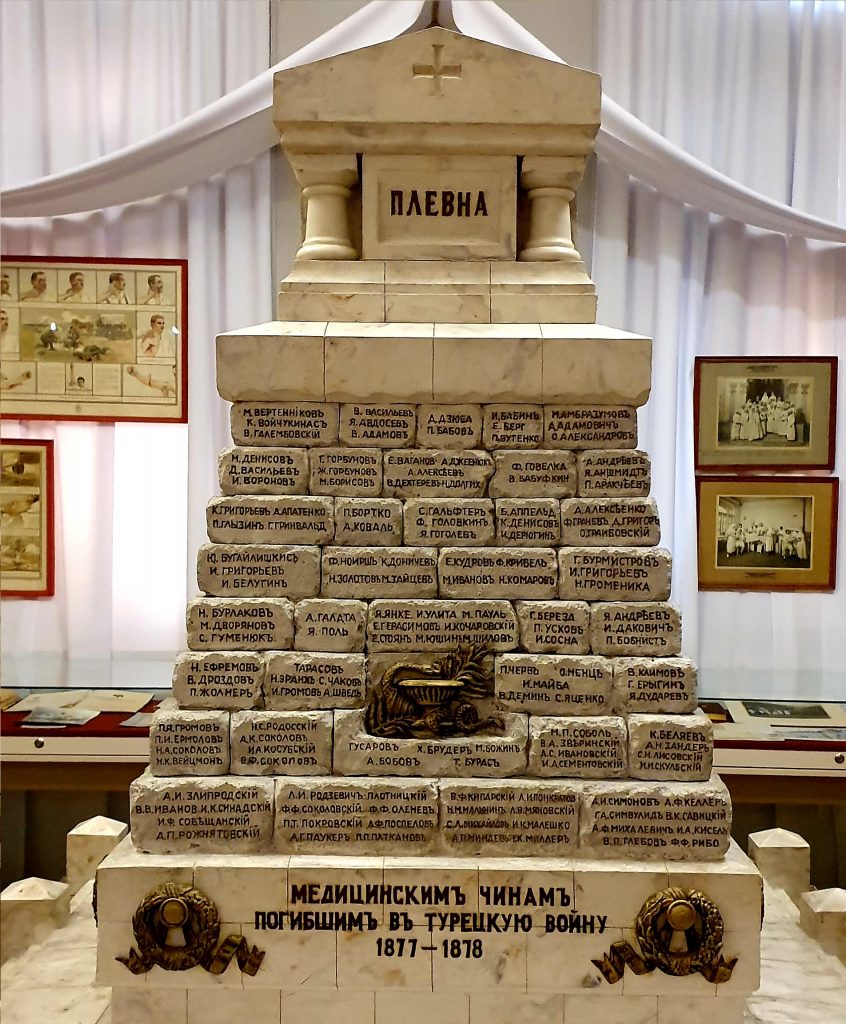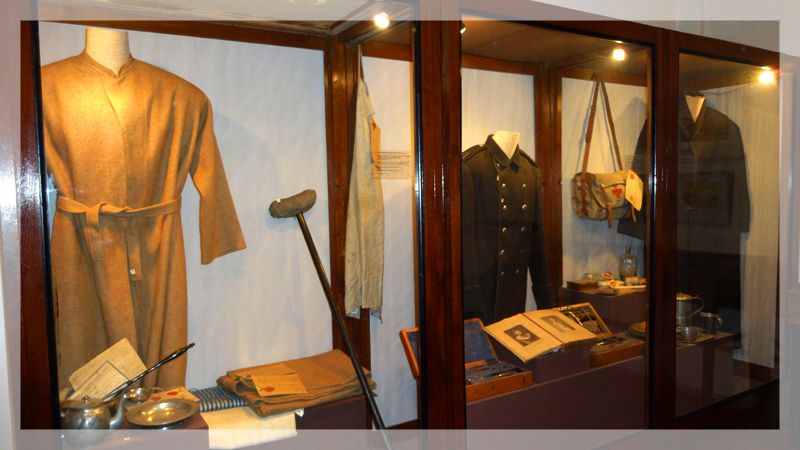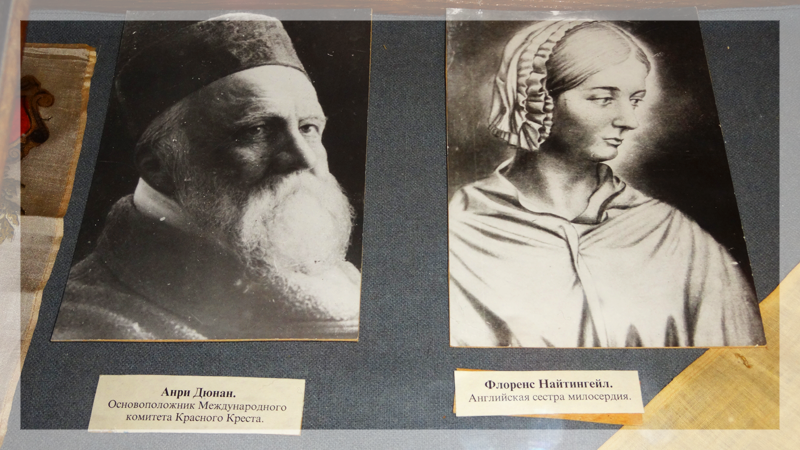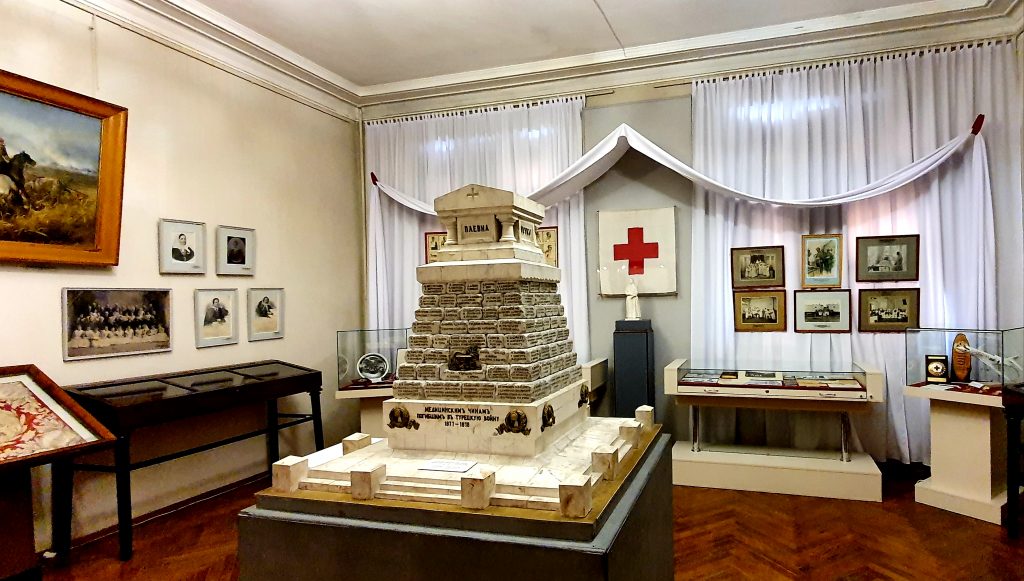The world’s first female community, whose nurses helped the wounded right on the spot of the battleground, was the Holy Cross community, organized in 1854 under the patronage of the aunt of Emperor Alexander II, Grand Duchess Elena Pavlovna.
The community members not only looked after the wounded and bandaged them, but also participated in organizing hospitals, preparing medicines, and assisting doctors in operations. Under the leadership of N. I. Pirogov, about 160 nurses of this community took part in the Crimean war of 1853-1856. Later on, such communities of Sisters of Mercy also appeared in many European countries.
The Sisters of Mercy’s help to the wounded was a background for the formation of the International Red Cross Society, whose goal was to organize international, private and voluntary aid to victims of war, regardless of their rank or nationality. The founder of the Society was a well-known Swiss humanitarian, businessman and social activist Henry Dunant (1828-1910).
Together with Gustave Moynier and with the support of the Swiss Federal Council, on August 8, 1864, he managed to convene a congress with the participation of delegates from the governments of 16 countries, who signed the Act of the Geneva Convention for the Amelioration of the Condition of the Wounded during the land war.
In May 1867, the charter of the Russian Society for the Care of Sick and Wounded Warriors renamed in 1879 to the Russian Red Cross Society was approved.
The tribute to the medical workers who were in the Army of the Danube during the Russian-Turkish War of 1877-1878 and died for the liberation of the Bulgarian people is a monument erected in 1884 on Shipka Mountain near Sofia. The museum’s exposition presents a model of this monument, named "To the medical ranks who lost their lives in the Turkish War of 1877-1878". It is made in the form of a truncated pyramid of stone rectangular blocks, with the carved surnames and initials of "medical ranks" who died during the Liberation War.
In total, the monument immortalized the names of 531 medical workers, including 110 doctors, 8 veterinarians, 8 pharmacists, 404 paramedics and one student.
The exposition also widely presents examples of clothes, underwear and utensils used in hospitals during the Russian-Turkish war.
During World War I, the activities of the Russian Red Cross Society went far beyond the requirements planned by the Mobilization Scheme. It established forward dressing units and stations, specialized mobile divisions (surgical, dental, X-ray, etc.), anti-epidemic, mobile medical, ambulance and evacuation facilities.
After the revolution of 1917 the Main Directorate of the Russian Red Cross Society was abolished, its property was nationalized, and, in 1918, by decree of the Council of People's Commissars of the RSFSR, the Soviet Red Cross Society was established, and Z. P. Solovyov was appointed as the head of it.
During the Civil War, the Soviet Red Cross paid special attention to the fight against epidemics, primarily against typhus, which at that time became a serious threat to the country. The society organized over 400 various medical facilities for the Red Army soldiers.
In 1921, the Presidium of the All-Russian Central Executive Committee entrusted the Red Cross Society with organizing help to the starving population of the Volga region. More than 100 million food rations were sent to this area, and more than 2 million people received medical aid from the healthy nutrition and epidemic divisions.
In 1930, the Soviet Red Cross purchased air ambulance planes with its own funds to provide urgent care for patients in remote areas of the country.
During the Great Patriotic War, the Soviet Red Cross Society began a great work of mobilizing the public to help the army. The training of nurses and medical support communities was enhanced, and the mass donorship movement was increased, as shown on posters placed in the showcases.
In 1912, the International Red Cross Society instituted a medal named after the English Sister of Mercy Florence Nightingale, who helped the wounded during the Crimean war. This medal is awarded every two years to the Sisters of Mercy "for true mercy and care admired by all mankind". On May 12, 1961, Lidia Filippovna Savchenko became one of the first Soviet women to be awarded with this medal. She was a nurse who participated in the Great Patriotic war.
